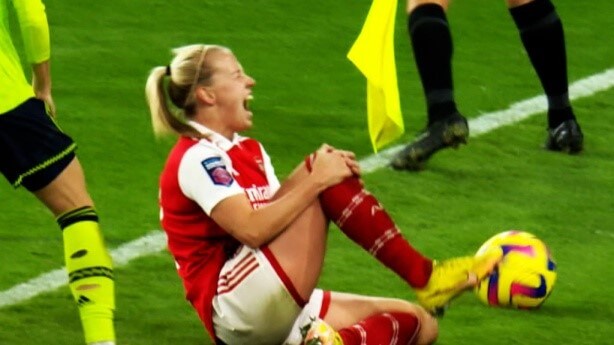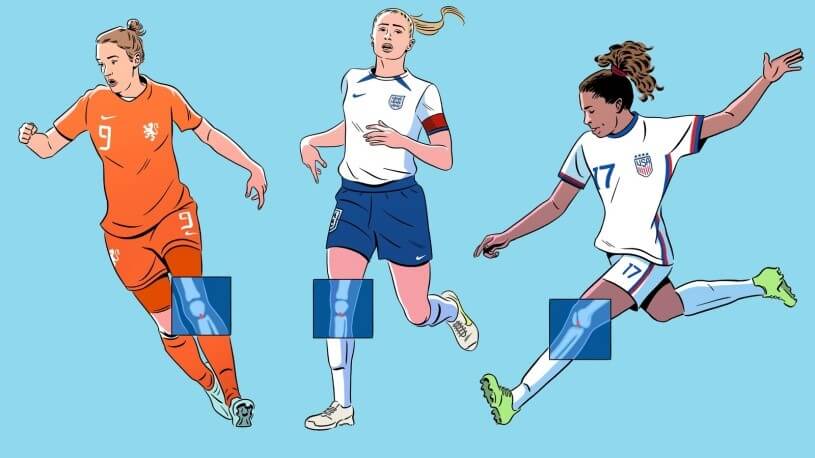Anterior cruciate ligament (ACL) injuries are a common occurrence in the sports world, particularly in activities that involve quick changes in direction, jumping, or pivoting. Unfortunately, these injuries are more common in females than males. According to research, females are up to eight times more likely to suffer from an ACL injury compared to males. In this article, we will explore the reasons why ACL injuries are more common in females.

One significant factor that contributes to the higher incidence of ACL injuries in females is anatomy. Females tend to have a wider pelvis than males, which leads to a greater angle (known as Q angle) between the femur and tibia bones. This increased angle puts more stress on the knee joint, making it more susceptible to injury.

Another factor that plays a role is hormonal differences. The hormone oestrogen affects the strength and elasticity of ligaments, making them more susceptible to injury. Women naturally have higher levels of oestrogen, which can affect ligament laxity, weaken the ACL and make it more prone to rupturing.
Biomechanics also play a role in ACL injuries. Studies have shown that females tend to have a different landing and jumping technique than males, which can put more stress on the knee joint. Women often land with their knees closer together and their hips inwards, while men tend to land with their knees further apart and their hips in a more neutral position. This difference in technique can lead to increased stress on the knee joint and a higher risk of ACL injury.
Additionally, females tend to have weaker hamstring muscles compared to males. The hamstring muscles work to counteract the forces placed on the ACL during activities such as jumping or landing. If the hamstring muscles are weak, more stress is placed on the ACL, increasing the risk of injury.
Finally, the design of athletic footwear may lead to more ACL injuries, including factors such as shoe structure, support, and traction, all can influence the mechanics of movement. Poor footwear choices may contribute to improper biomechanics during activities like jumping and pivoting, potentially increasing the risk of ACL injuries. Also playing on the wrong type of surface for the activity being performed may contribute to forces that increase the risk of ACL injuries, especially during sudden deceleration, direction changes, or pivoting movements.

In conclusion, ACL injuries are more common in females than males due to a combination of anatomical, hormonal, biomechanical, and training factors. It’s important for female athletes to take steps to minimize their risk of ACL injury, such as engaging in strength and conditioning training, practicing proper landing and jumping techniques and seeking prompt medical attention if they suspect an injury. With proper prevention and treatment, females can reduce their risk of ACL injury and continue to participate in the activities they love. However, I do still believe that more research needs to be done into female ACL injuries due to the large quantity of these injuries occurring from professional level right down to amateur.
If you are suffering with any issues related to this please do get booked in to see myself or Adam!
Abi Wheatley, Sports Therapist

